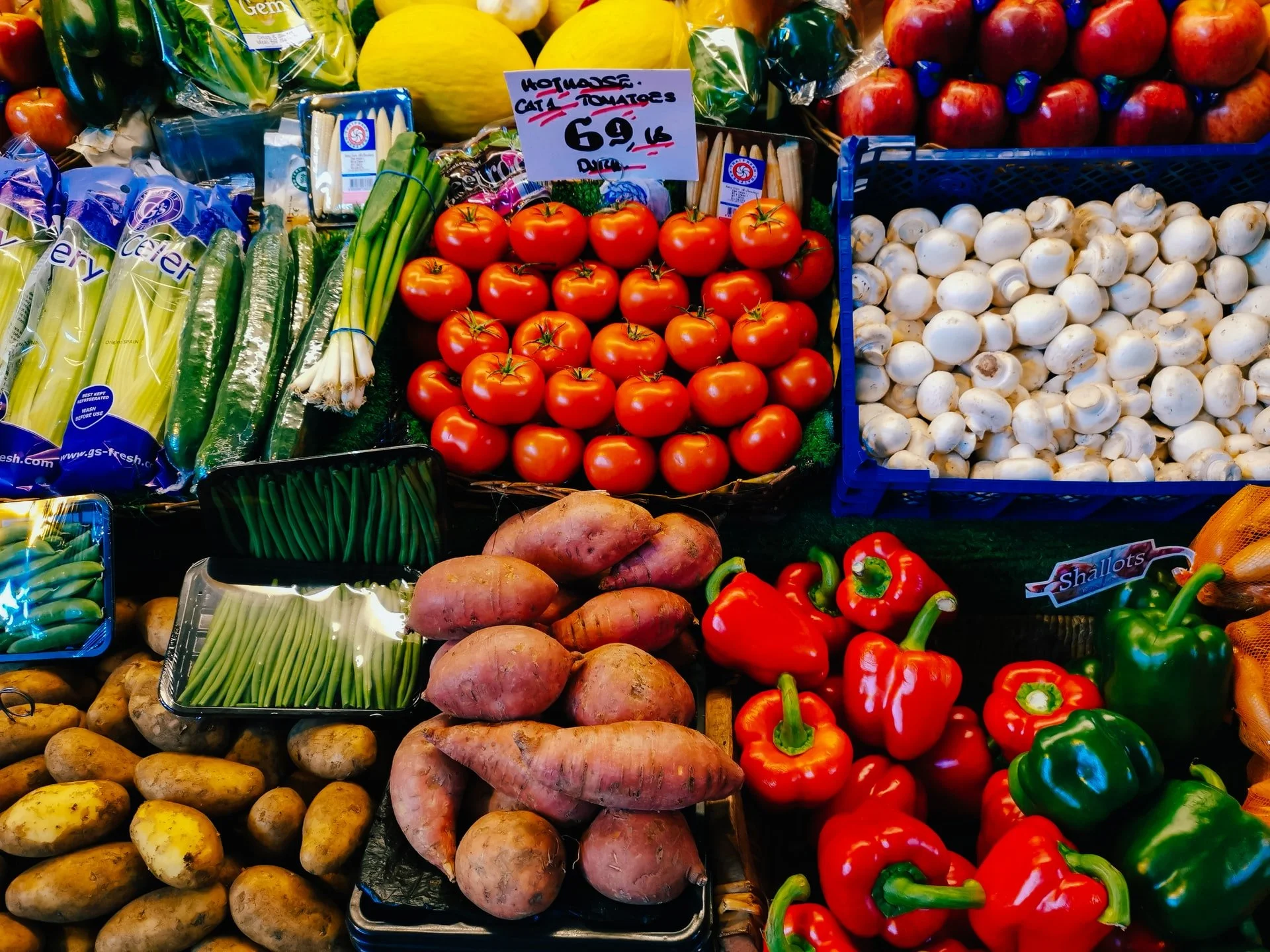By Jessica Scott-Reid
Jessica is a Canadian writer, animal advocate and plant-based food expert. Her work appears regularly in media across Canada and the US.
Meat, dairy and egg prices are on the rise in Canada and the US. The price for one pound of ground beef in Canada, for example, rose 7.8% from September 2020 to September 2021. The price of bacon rose by 20.2%, and prime rib roast, 27.5%. In the US, The Washington Post reports that “meat, poultry, fish and eggs are up 5.9% over last year, and up 15.7% from prices in August 2019, before the pandemic.” In both countries, weather issues, animal feed costs, labour and transportation shortages are cited as causes.
On the other hand, plant-based eating is increasing across North America. Flexitarianism – a diet that incorporates more plant proteins and less animal foods — was revealed to be the second largest dietary group in Canada (after those with no preferences) in a recent survey by Dalhousie University Agri-Food Analytics Lab. In the US, 36% of the population also considers themselves to be flexitarian, according to a 2020 national survey conducted by Packaged Facts.
However, in a survey of over 1,500 Canadians by Impossible Foods and Angus Reid Forum, one in five (21%) of those who stated they are open to or are already considering reducing their meat consumption, named cost as a major barrier to adopting a more plant-based diet.
So how can North Americans, in the face of rising food costs, get the most nutritional bang for their buck?
Photo: Didier Provost on Unsplash
It appears that concerns about the price of plant-based eating are actually unfounded.
In 2019, the Canadian government published a new version of the Canada Food Guide, which for the first time recommends that Canadians eat primarily plant-based foods, including more plant proteins, and eliminates dairy as a food group altogether. Even before the subsequent rise in meat and dairy prices, research from that year by Dalhousie University and the University of Guelph, found that following the plant-focused guide would actually save Canadians money. “A family of four will save, on average, 6.8% on their annual grocery bill if they prepare food at home using the new guidelines,” reads a release from Dalhousie. That equated to about $475 annually at the time. “This is based on a cost comparison of foods and proportions recommended by the 2007 and 2019 versions of the Guide,” (the 2007 guide included more meat and dairy foods).
A more recent and much broader study on food costs, from Oxford University and published in Lancet Planetary Health, October 2021, sought to “estimate the costs of healthy and sustainable diets around the world.” The research looked at 150 countries and compared the cost of ingredients in 460 products, estimating “food demand for different dietary patterns that, in modelling studies, have been associated with reductions in premature mortality and environmental resource demand, including nutritionally balanced flexitarian, pescatarian [includes fish and seafood], vegetarian, and vegan diets.”
The results found that “variants of vegetarian and vegan dietary patterns were generally most affordable and pescatarian diets were least affordable.” More specifically, for those living in high income countries – like the UK, US, Canada or in the EU — their food bills could be cut by up to one-third, with flexitarians saving about 14% (when compared with typical “Western” diets that include high amounts of meat and dairy) and vegetarians and vegans saving about 33%.
Worth noting is that the researchers did not include the cost of ready-made or take-out meals, or highly processed foods such as plant-based burgers. “If you want to realize these savings,” said Oxford University’s Marco Springmann, “go for minimally processed foods and try out some new recipes. That’s not only better for your wallet, but will in most cases also be healthier and more sustainable than diets based on highly processed foods.”
In Canada currently, as Toronto Sun columnist Brian Lilley put it earlier this month: “Sure, fresh vegetable prices are down 4% over last year but unless you are eating a vegetarian diet, meat will always be a bigger part of your grocery bill — and now you are paying a lot more to get the same amount of food as last year.” Thus, the solution for keeping food costs down becomes clear.
Reasons behind the mounting number of North Americans adopting more plant-powered diets do vary, whether it's for improved health, reduced environmental impact or out of concern for animal welfare. And now, as we begin facing real life consequences of climate change and subsequent economic inflation, eating more plants is another way we can offset the rising cost of food.
Sign up below for our newsletter — delivered to your inbox every month — to share insightful stories on how to have a positive impact on life on our planet.






